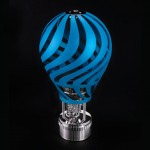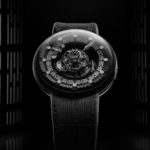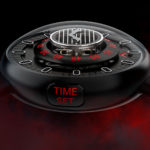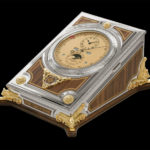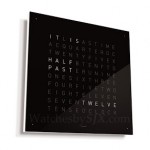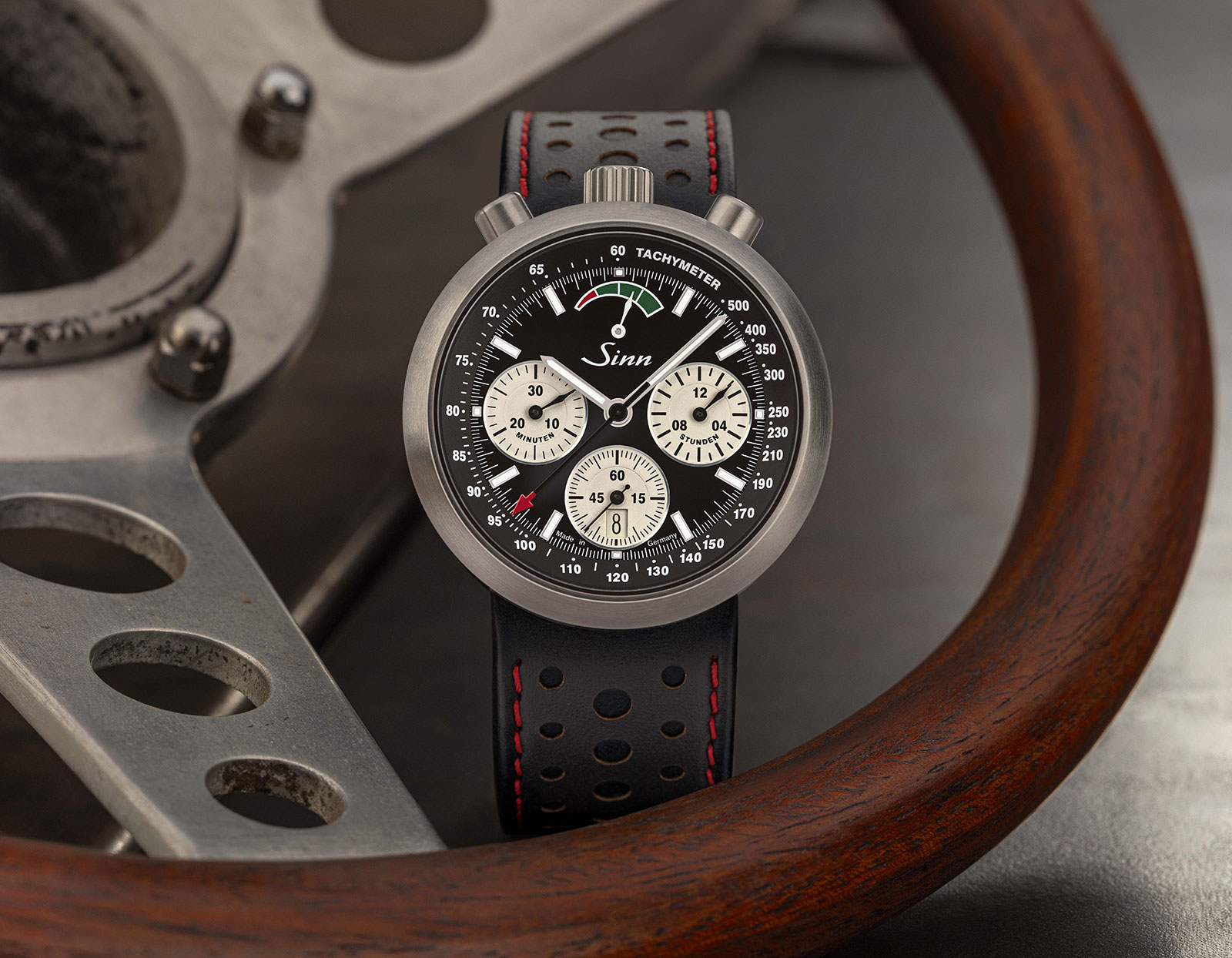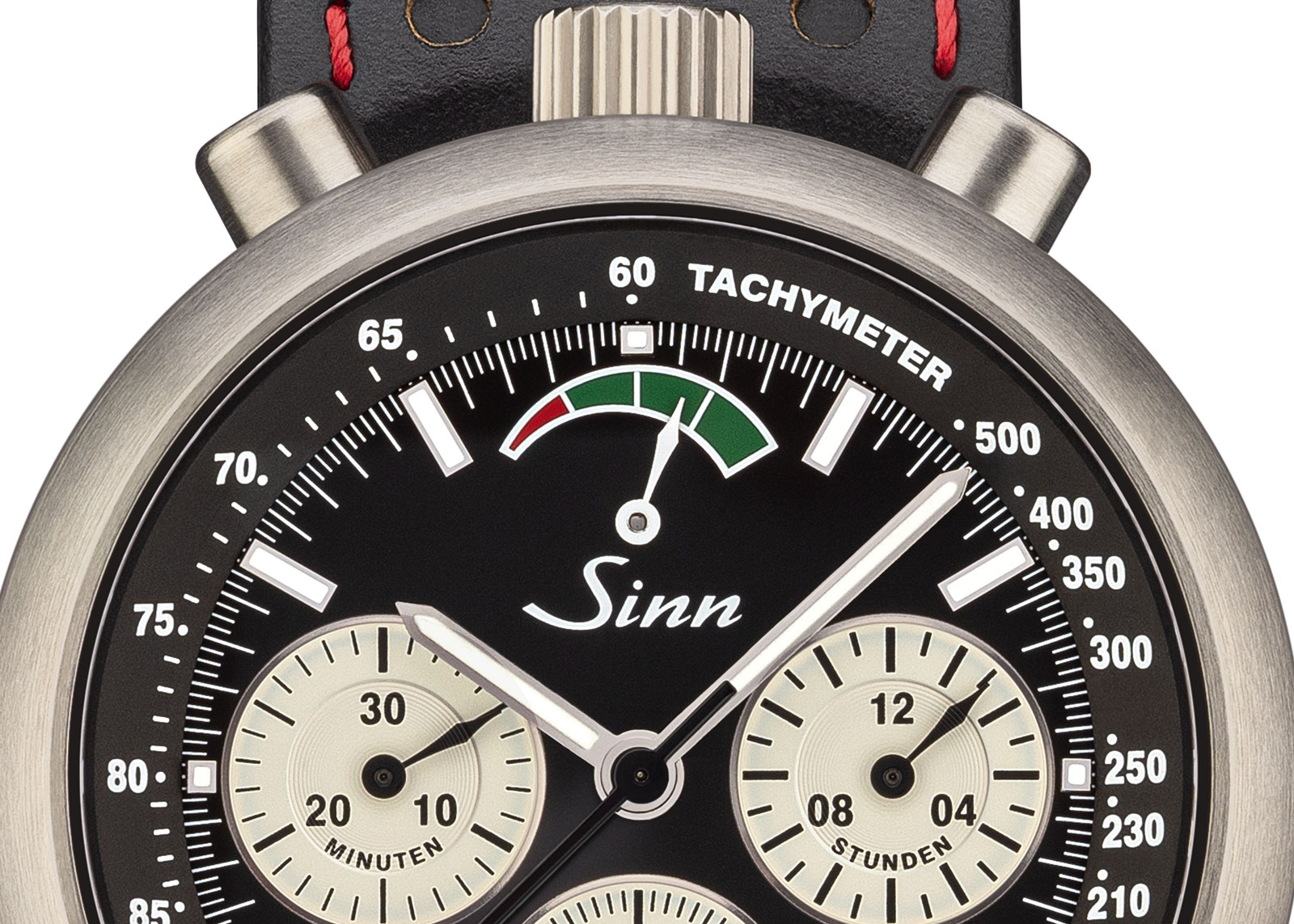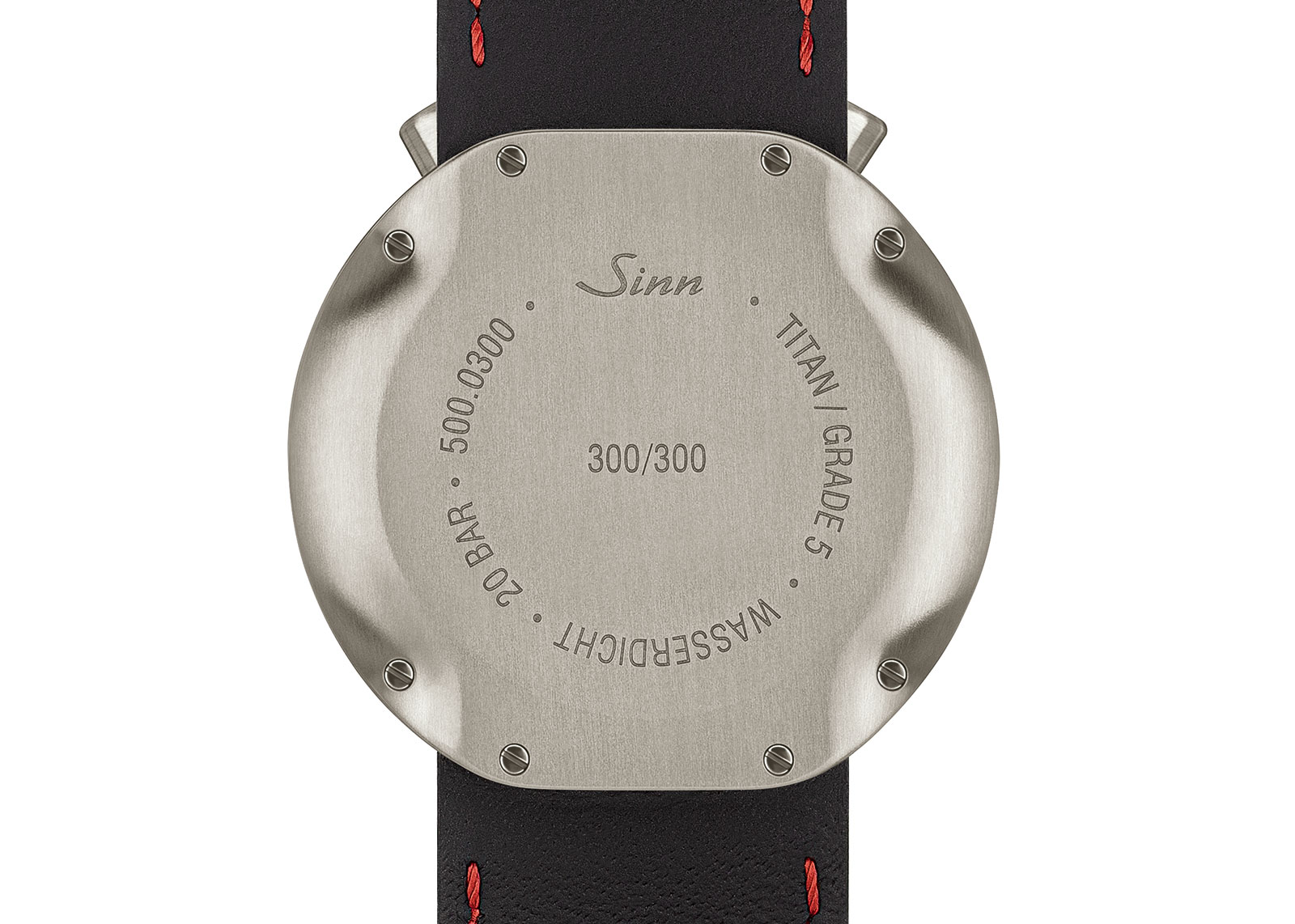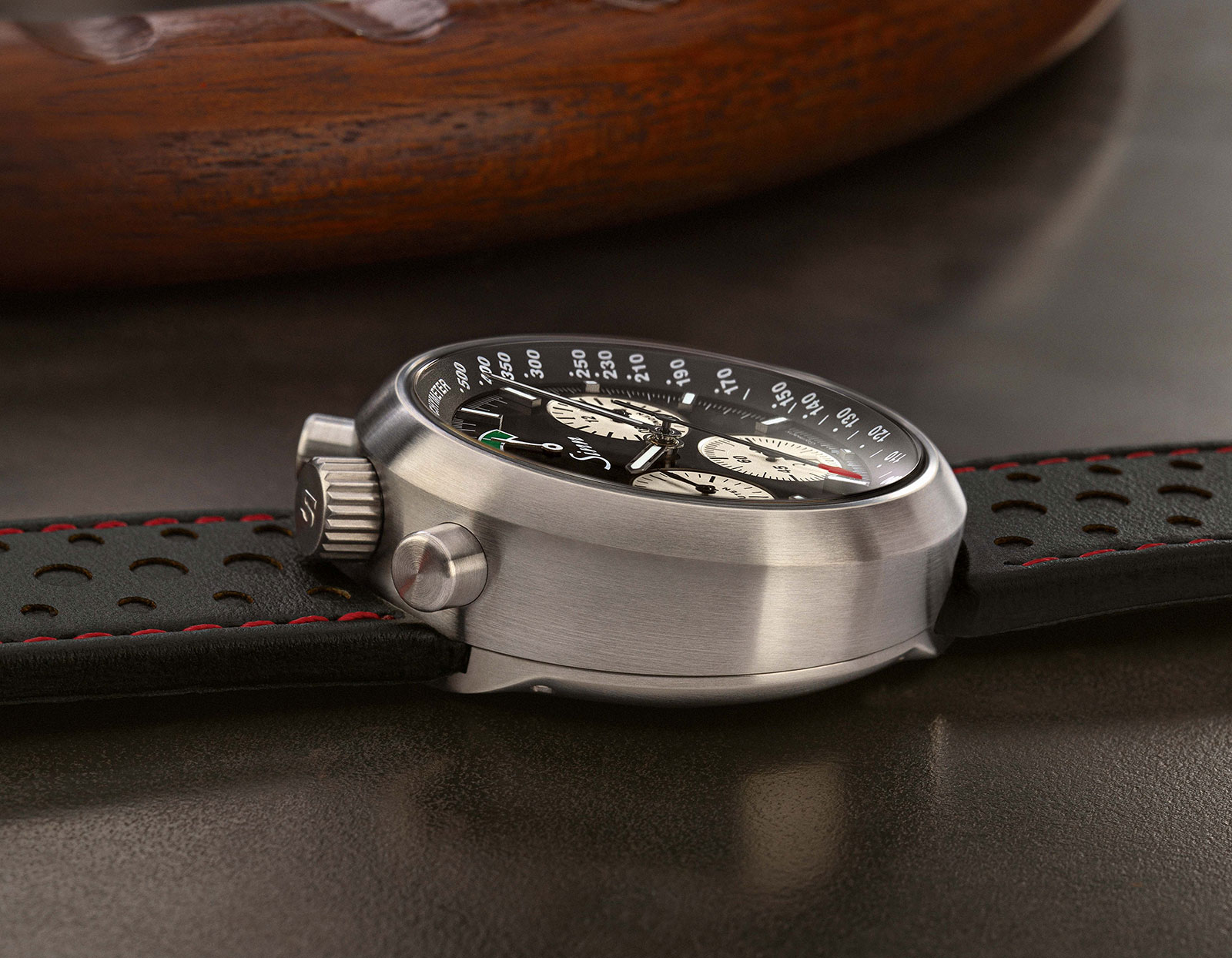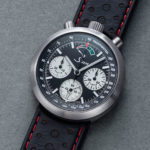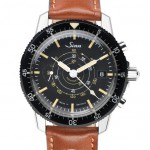Kross Studio Introduces the 1989 Batmobile Desk Clock
The iconic Batmobile returns with a 30-day movement.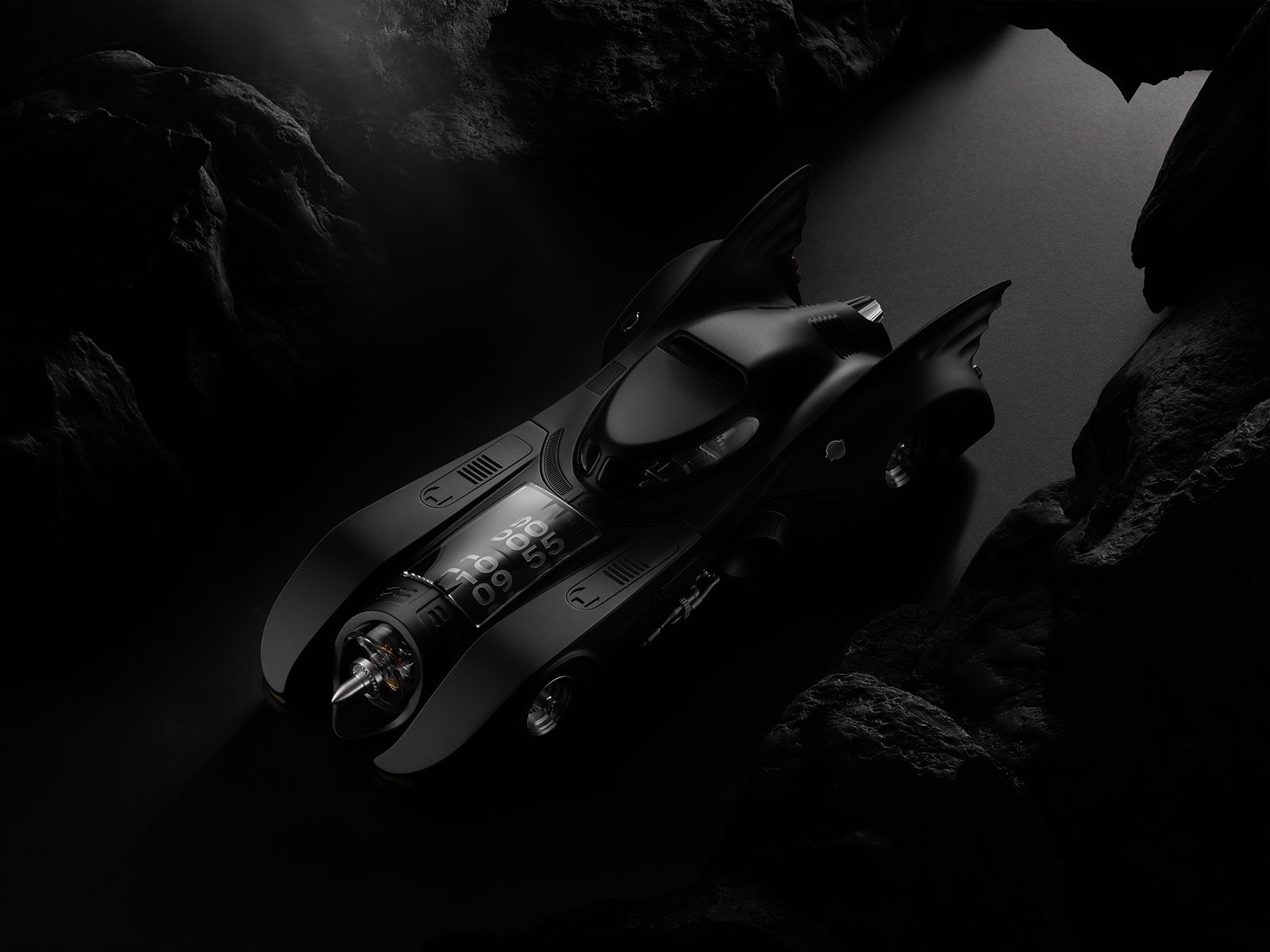
Only just established by a team of watch-industry veterans, Kross Studio is making its debut with the 1989 Batmobile Desk Clock. Instantly recognisable as the Batmobile driven by Michael Keaton as Batman, the clock is powered by an in-house, 30-day movement.
The aluminium-bodied clock is modelled on the Batmobile from Batman, the hit 1989 film directed by Tim Burton. Its sleek, Art Deco lines defined the styling of the Batmobile in all subsequent movies, until the franchise was rebooted with Christopher Nolan’s Batman Begins, which reimagined the Batmobile as an aggressive, military-style vehicle known as the Tumbler.
Initial thoughts
The Batmobile Desk Clock is cool, especially for anyone who grew up in the 1990s, when Michael Keaton’s Batman was the definitive version of the “Caped Crusader”. Importantly, Kross Studio managed to capture the look of the vehicle while unobtrusively incorporating the clock elements without disrupting the design.
Mechanically it is also well executed. Unlike most high-end desk clocks that are powered by movements made by L’Epee 1839, the Batmobile clock is equipped with a movement of Kross Studio’s own design and manufacture.
At a bit under US$30,000, the clock is priced reasonably enough, though not quite a value buy. The cost is similar to comparable clocks by MB&F, though not as affordable as the self-propelling car clock made by independent watchmaker John-Mikaël Flaux.
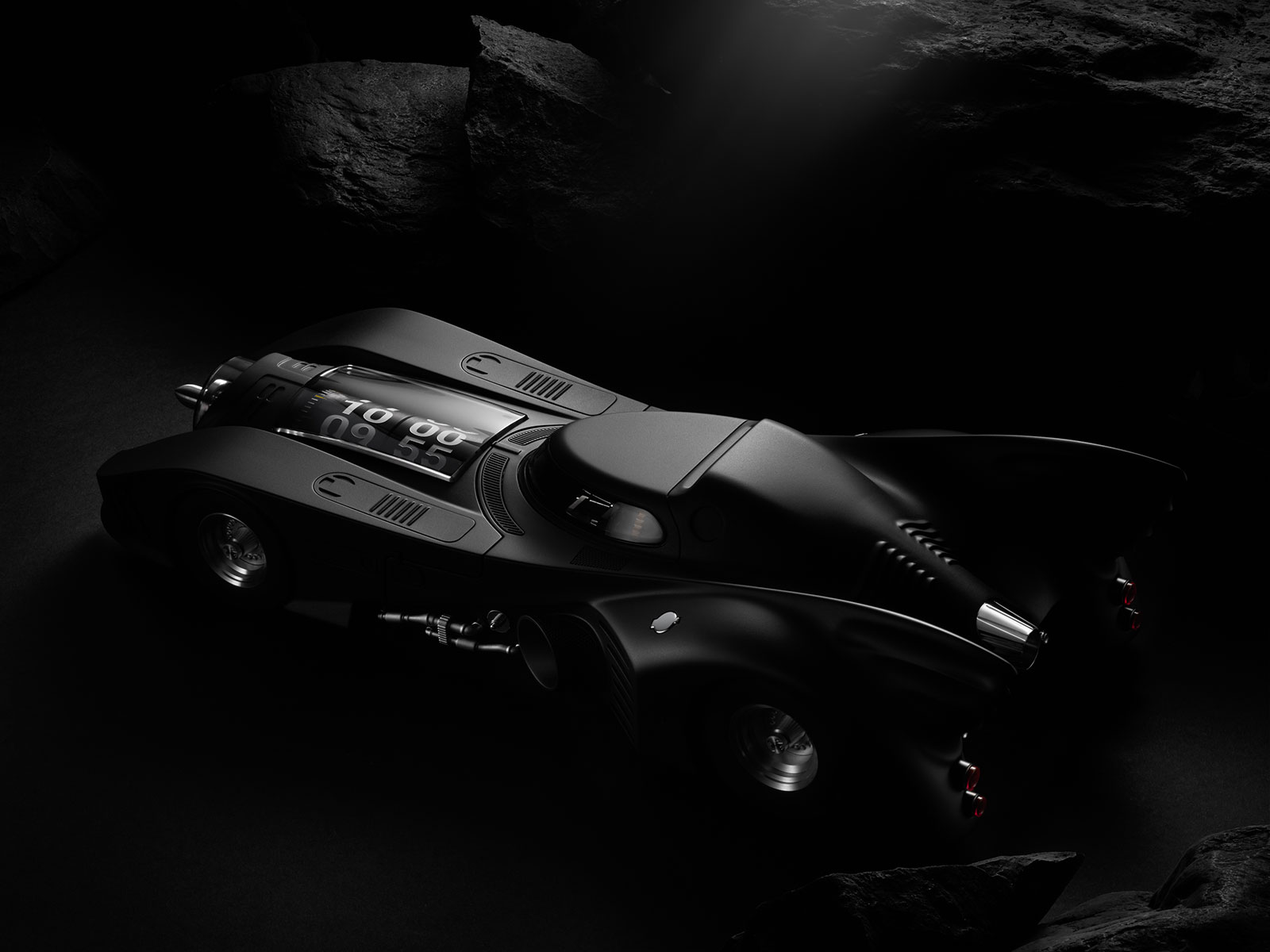
A clockmaking startup
Founded by a five-person team, Kross Studio is led by Marco Tedeschi, a constructor by profession whose most recent role was chief executive of RJ-Romain Jerome, the quirky watch brand that is now defunct. Another member of the team is Sergio Silva, a watchmaker who spent the bulk of his career at Vacheron Constantin and Roger Dubuis, before becoming the head of Romain Jerome’s manufacture.
The collective experience of the founders explains why Kross Studio managed to develop the tubular, 30-day movement in-house, instead of turning to established clockmakers like industry favourite L’Epee. Much of the clock is also produced by Kross Studio according Mr Tedeschi, who adds “we subcontract some part manufacturing to Concepto, among other subcontractors.”

Batman returns
Measuring a little under 30 cm, or 12″, from end to end, the clock is modelled on the actual car from the film and possesses the same proportions. Time is indicated on two large cylinders visible through a window on the bonnet, while the tinted windows of the windscreen reveal part of the movement.
The coachwork is aluminium covered in a scratch-resistant black coating, while the movement forms the chassis, with the balance wheel visible through a window at the nose.
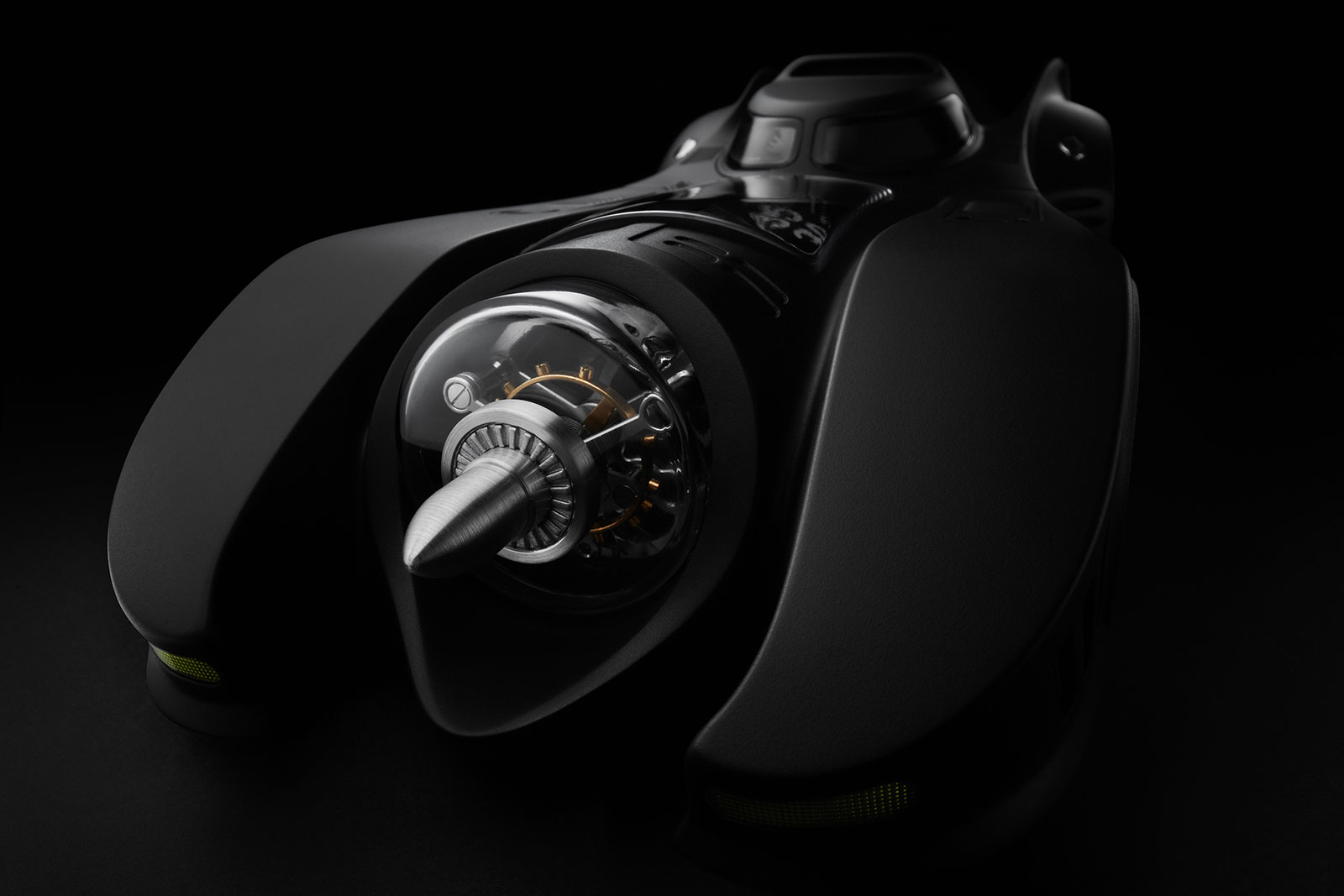
Notably, the balance operates at a higher frequency than typical desk clocks. Instead of the 18,000 beats per hour, the movement runs at 21,600 beats per hour, or 3 Hz, which is similar to wristwatch movements. The increased frequency promises more stable timekeeping over time, especially when the balance is subject to shock (which is admittedly unlikely in a clock).
And three large barrels – wound via a key shaped like the Batman emblem – give the clock a 30-day power reserve.
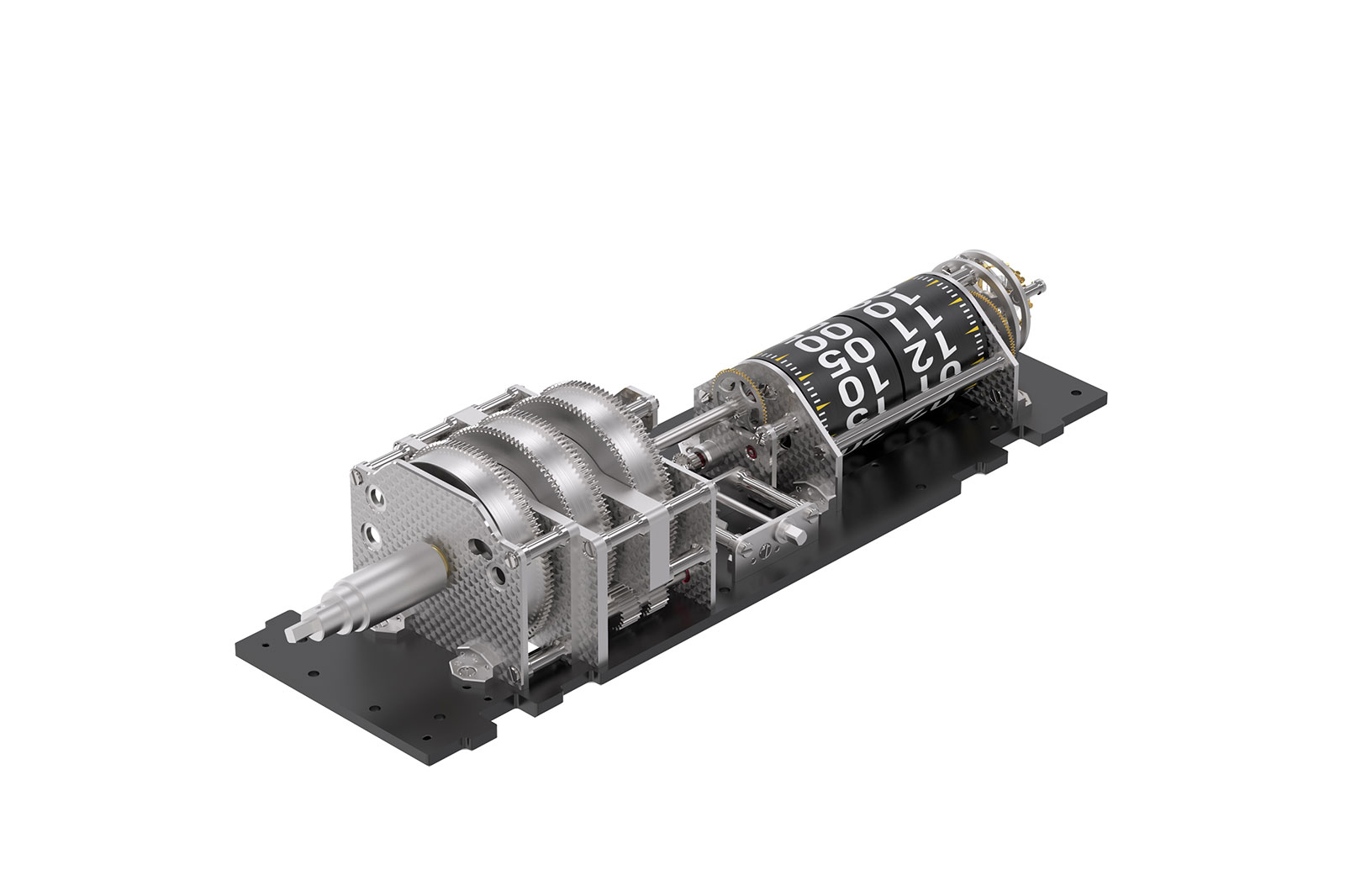
The movement from the rear, with the three large barrels at one end, and the two time-display cylinders at the front
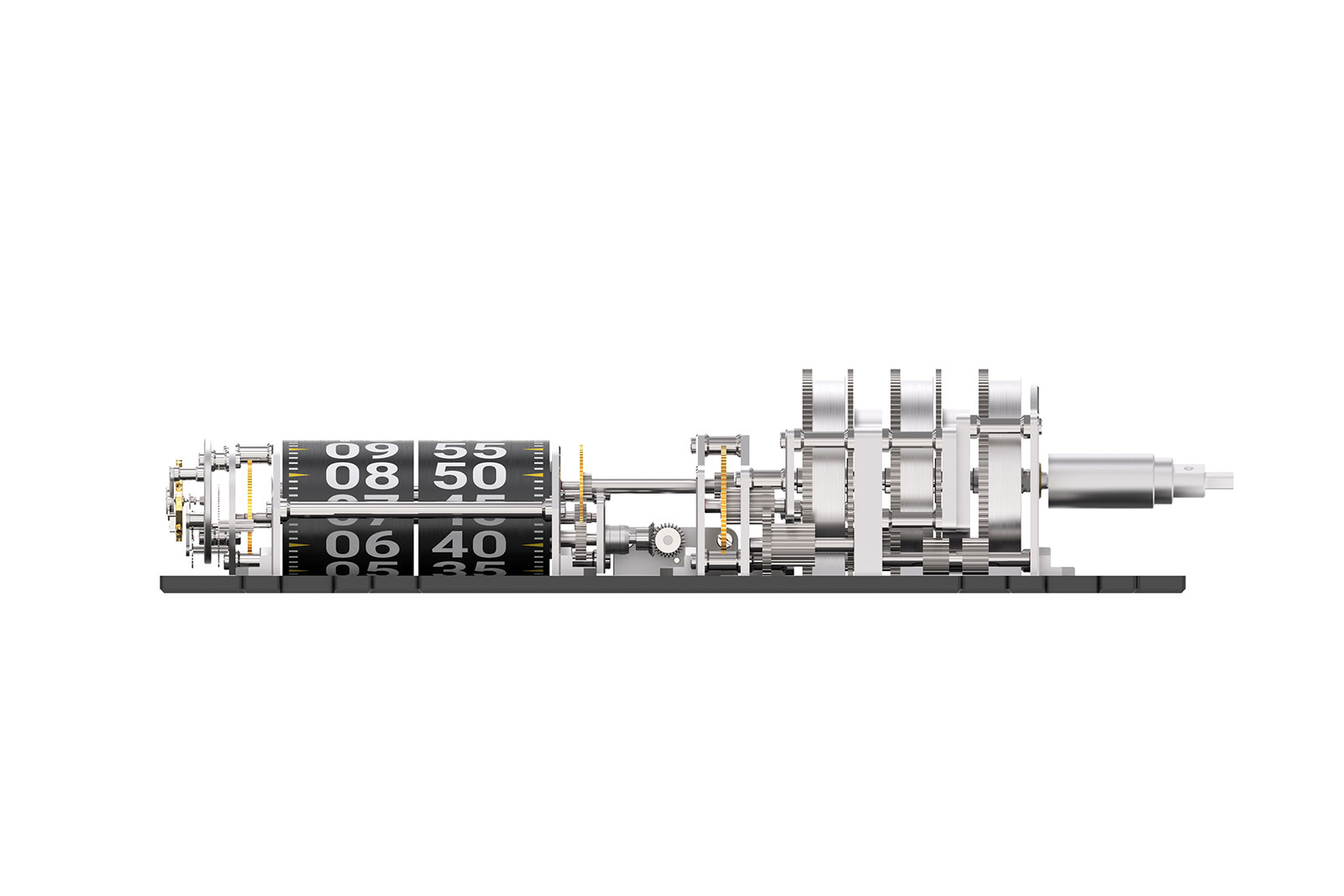
The movement in profile
Key facts and price
Kross Studio 1989 Batmobile desk clock
Ref. BATMO20
Dimensions: 29.8 cm by 6.7 cm by 12.1 cm
Weight: Approximately 2 kg
Material: Black-coated aluminium
Movement: KS10’000
Functions: Hours and minutes
Winding: Key-wound
Frequency: 21,600 beats per hour (3 Hz)
Power reserve: 30 days
Limited edition: 100 pieces
Availability: Direct from Kross Studio
Price: US$29,900
For more, visit Kross-studio.ch.
Back to top.

